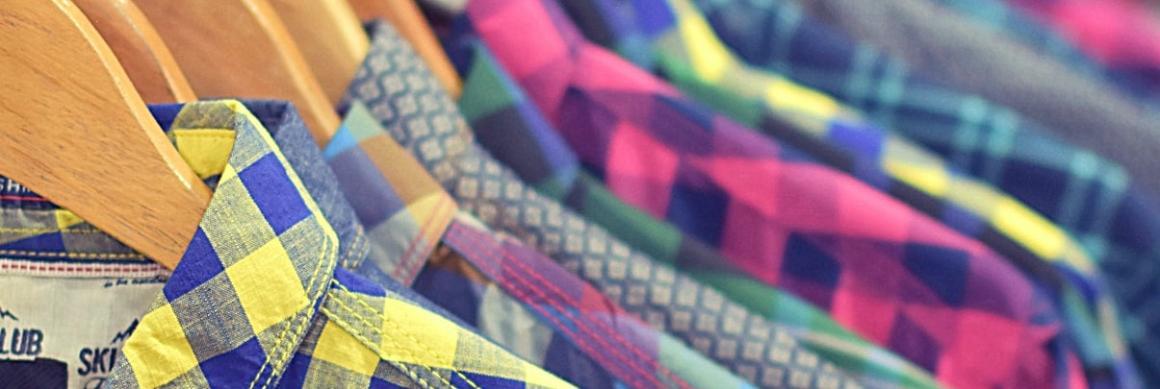
Rethinking Retail Post Covid-19
Kirthi Kalyanam
One of the first concepts marketing and retail Professor Kirthi Kalyanam teaches his students is Abraham Maslow’s Hierarchy of Needs, based on the renowned psychologist’s belief that people are motivated by five basic categories of needs: physiological, safety, love, esteem, and self-actualization.
“There are the basic necessities, and then there are wants,” says Kalyanam. “Necessities are things we cannot live without, and the other stuff is discretionary.”
Our COVID-19 experience has proven as much, as Google vice president John McAteer confirmed this month during a presentation in Kalyanam’s Zoom class. First, consumers reached out online for essentials like food and toilet paper. After that came personal care and pharmacy goods. Now that most Americans are feeling calmer, says the SCU professor, the Google data indicates we’ve returned to shopping for discretionary items from camping gear to fashion.
For many brick-and-mortar stores lacking a robust online component, Kalyanam believes the mandated shut-down of their businesses has now accelerated a “survival of the fittest” scenario. We talked to him about the winners and the losers.
At least two storied U.S. retailers, Neiman-Marcus and J.C. Penney, are teetering on the edge of bankruptcy. Might COVID-19 speed up the inevitable?
In some ways, yes. The problem is many retailers have too much debt on their balance sheets. Many big retailers tend to have a cash-flow rich business, meaning they get products from suppliers and sell them to consumers who have up to 30, 60, and 90 days to pay. But when retailers borrow cash to pay debt, they’ve got an interest payment due every month. If they’re shut down like many retailers are today, they can’t make the interest payment. Compare that with Trader Joe’s, which operates with virtually zero debt. In 1979, the company was bought by the Albrecht family in Germany, and Germans have an historic aversion to taking on debt. Taking on debt means the banks can repossess your business.
For those of us who enjoy the in-store retail experience, what can we expect after the restrictions are lifted?
Even when they can resume shopping, consumers concerned about safety may be apprehensive about physically returning to the stores immediately. So I think stores will start placing a premium on making sure they are being more frequently cleaned and maintained. And they may not allow everyone to come in at once. Consumer confidence is key, and retailers will do whatever they can to provide their customers with a safe shopping experience, like what you see in the lines outside Trader Joe’s, where people are asked to be spaced apart from each other. Luxury stores will probably see a resurgence of customers because of pent-up demand, but I think more and more of those stores may move to a model where they are admitting high-end customers by appointment only.
Still, you’re disappointed that Trader Joe’s doesn’t deliver groceries, which is a mistake in your opinion.
I believe American retailers have overvalued their stores and undervalued their e-commerce and other forms of delivery, no question about it, for at least 10 years—and I’ve been saying this for 20 years. A lot of retailers have confused the value of the products they sell with the value of going to their stores. I would love to go online and submit an order to Trader Joe’s and have it sent to my house. The whole concept of contactless retailing is the future; it will be done in such a way that it removes all points of friction.
Friction, meaning what?
Having to drive to the store, walk around the store, stand in a check-out line to pay for your items, take them back to your car, and drive home through traffic.
Why don’t more U.S. retailers have a stronger online presence by now?
Because many retailers are still more focused on their brick and mortar stores and paying higher dividends to their shareholders than investing in e-commerce. They need to invest in innovation around new forms of shopping and delivery for their customers.
This is the first time most of us have experienced a pandemic—and it won’t be the last. What lifestyle changes are we likely to see as a result?
We need to have the ability to get essential supplies delivered to our home. It’s not a luxury anymore, it’s a necessity. And it actually helps people out by reducing the chance of becoming infected, if science tells us that is the case, as well as giving them peace of mind.
In the last two years, Wal-Mart and Kroger have aggressively been investing in their online grocery business, especially in the “buy online, pick-up in store” (BOPIS) format because it’s more convenient for consumers who don’t want fresh groceries or expensive packages left outside their door. Many retailers have partnered with companies such as Rakuten Ready for mobile technology that facilitates the pick up of the order from the store, removing a lot of friction.
What other consumer and retail trends do you see developing as a result of COVID-19?
I believe many Americans are going to rethink the concept of life at home, which is now doubling as an office and a place where your kids are going to school. I think people will invest in their homes to make them more comfortable so they can operate in this form. Jim Miller, the Chief Technology Officer of Wayfair and one of the board members at our Retail Management Institute, told me that customer interest in Wayfair has soared during this period.
I also think this experience is going to force a pretty serious upgrade of our telecommunications infrastructure. If parents and their children are online at the same time, especially with video meetings for the parents and tutoring sessions for the kids, they are going to need more internet bandwidth.

